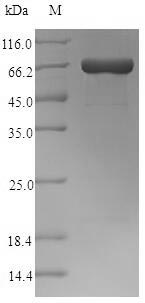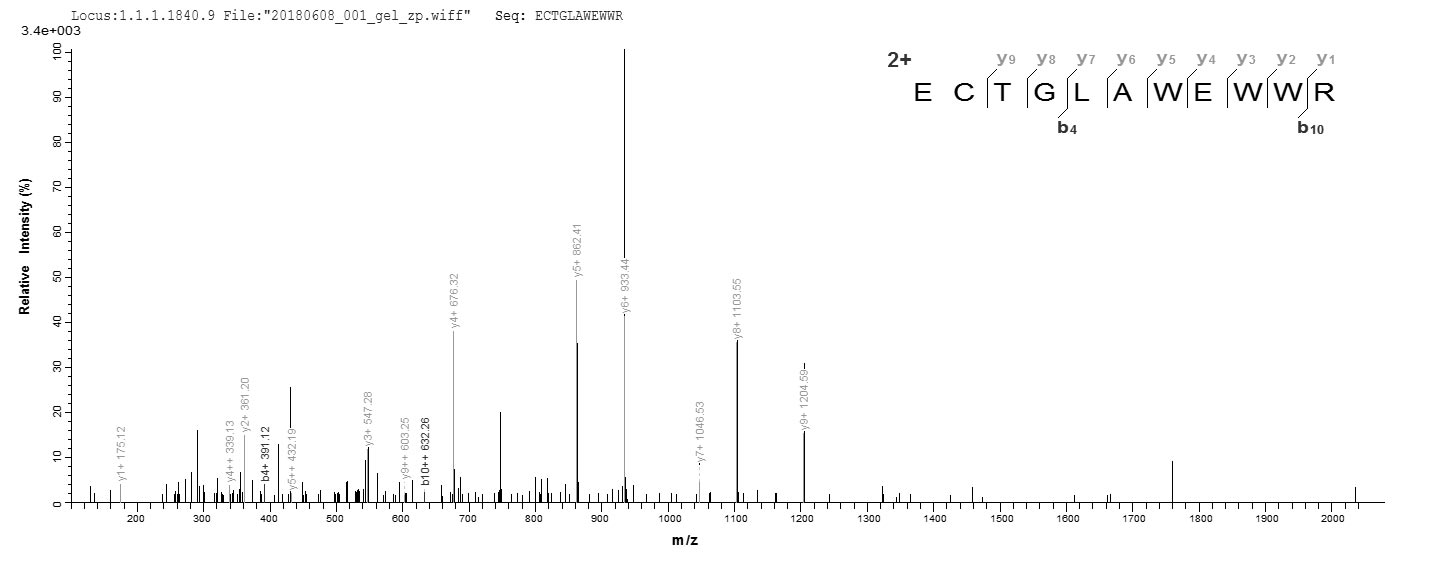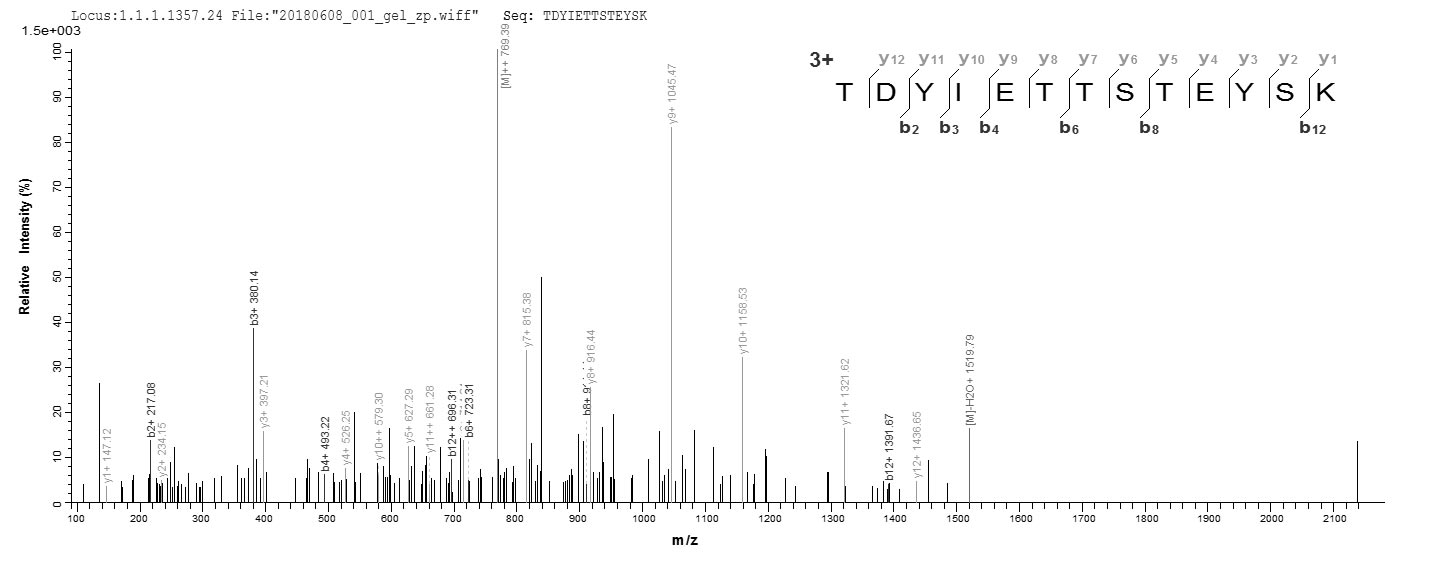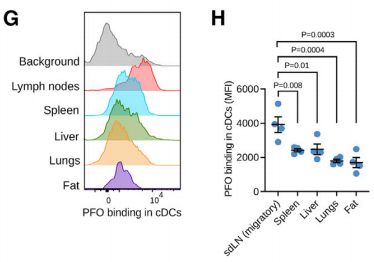The E.coli-expressed recombinant Clostridium perfringens (strain 13/Type A) Perfringolysin O (pfo) verified by the LC-MS/MS Analysis is a full-length of mature protein with an N-terminal 6xHis-SUMO-tag. This in-stock recombinant protein harboring 29-500aa of Clostridium perfringens pfo has a high purity (>90%) measured by SDS-PAGE. Its calculated molecular mass is about 68.7 kDa. This pfo protein may be used in the research field of microbiology due to its origin.
Perfringolysin O (pfo), also called θ toxin, is a pore-forming toxin produced by an anaerobic, spore-forming Gram-positive bacterium Clostridium perfringens. Conformational alterations that influence oligomerization and initiate pore formation are triggered throughout pfo upon binding to cholesterol. Together with α toxin, pfo is implicated in the development of gas ganhrene and necrohemorrhagic enterities in calves.











